I often get asked how to start Montessori at home, since many people are of the opinion that it's difficult to create a home environment that is conducive to learning through the Montessori Method. Nothing could be farther than the truth and that's exactly what we'll discuss in depth today. I am going to break down this article into two parts, as I don't want to overload you with a lot of information at one go, but at the same time I do want to share all the possible nuggets with you!
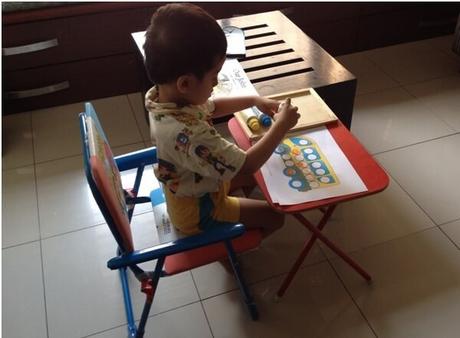
Part-1 will take you through some interesting theory and practical solutions.
Part-2 will be about some (more) interesting theory along with more practical ways of Montessor(izing) your home environment. Here we will also talk about setting up your own goals!
Simply put, the Montessori Method is something that allows the child to learn and explore his surroundings using his senses. Montessori is a way of life, more than anything else! The aim of this system is not about attaining certain grades or ranks, but to cultivate a life-long love of exploration and learning that goes beyond academics.
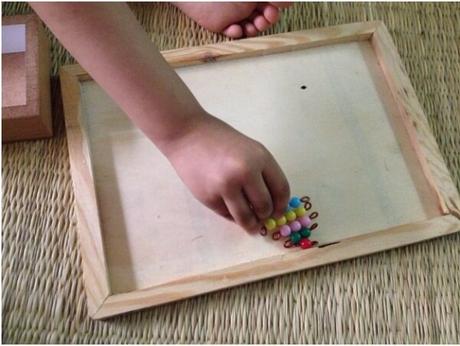
Can I mix and match other theories (or my own theories) with Montessori?
Absolutely yes! In the practical sense you cannot follow a 100% Montessori at home. So please feel free to tweak it according to what suits your child, your home environment and your work / home schedule. Montessori can easily (and very beautifully) blend in your current life status - whether you are a working parent, homeschooling your children or are looking at supplementing this theory at home besides sending your child to school. Anyone can benefit from this philosophy even if you choose to follow just a few aspects of it.
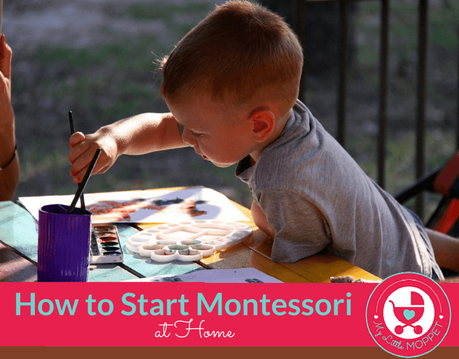
Start from the very beginning! Children are curious from birth, and observe and learn from their surroundings. Even an infant will intently look at what is going on around him. So the best gift that we, as parents or caregivers, can give our little babies is the gift of our mindful time.
Another very important aspect in child's growth is his desire and fondness to move and explore. Right from birth we should ensure that we give enough opportunities to the child to explore and improve his gross motor skills. These can be through simple means like:
1. Giving ample floor time to an infant to explore his movements instead of restricting him to a cradle or crib.
2. Providing enough indoor and outdoor space for a crawling / walking baby to explore and gain confidence in his movement.
3. Introducing activities and games that involve gross motor skills (like hop jumping, mimicking animal walks, yoga asanas (for older children), obstacle course etc.)
4. Apart from these, it is equally important to provide the child opportunities within the home environment for practicing the movements he would need to master in his everyday life, such as:
- Carrying food / cutlery / water from kitchen to the dining table
- Carrying activity trays from the shelf to the working table or mat
- Keeping back the toys in toy shelf / basket
- Sweeping, mopping
- Cleaning windows etc
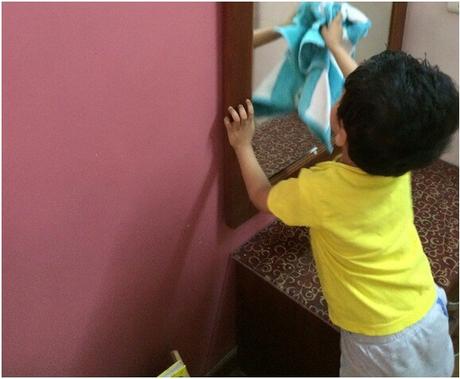
It is important to give child a chance to get involved in household chores as they involve an element of movement and foster a sense of independence. As Dr. Montessori said: "Help him to help himself." Give your child an opportunity (and trust him) to do some routine chores by himself, with minimal help from you. Yes, you would need to supervise the child, but let him self-learn, as that's where true learning begins.
Self Care Tasks for Kids
Here are a few examples of what the child can do by himself:
1. Self-feeding - Let the child feel the texture of the food (play with it if he desires to), and let him eat on his own most of the time. Show him how food is eaten in your family's tradition. Say a prayer before meals, if that is what you follow. Involve the child fully during meal times. This can get messy, so be prepared. But eventually a self-fed child will grow up to be a better eater with healthier food habits.
2. Washing up - Let the child participate in daily hygiene procedures, like washing hands, taking bath, etc. Yes we would need to be there as a helping hand - but let them "feel" that they are capable of taking care of their own body and are not dependent on us for everything.
3. Dressing up - Start with small things, like letting the child choose the dress for the day. Eventually give him opportunities where he can help in zipping up the jacket or wearing a pant half way. These steps may seem small and insignificant to us but are extremely significant for a toddler!
Household Tasks for Kids
Here are a few examples for involving your child in household chores and letting him help you around the home:
1. Visiting the local/farmers market

Let the child visit the market with you. Let him touch the vegetables. Let him select the fruits. Let him hold the smaller grocery bags if he insists. Let him give the money to the shopkeeper. Back home, let him help you empty the grocery bags. Let him sort the fruits and vegetables in baskets. Let him keep them back in the fridge!
2. Helping in laundry
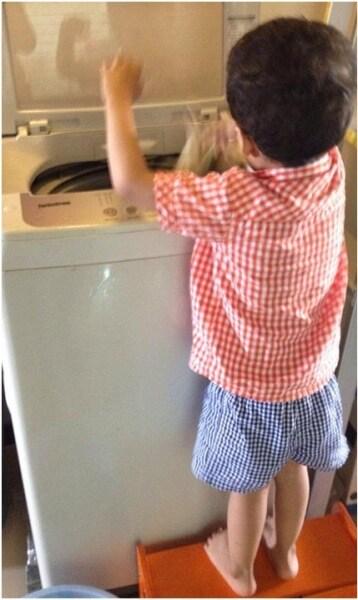
Let him load the clothes in the washing machine. Let him sit next to you when you are folding the laundry. Let him explore the different textures of your clothes! Let him hang the clothes on the washing line and put the clothespins on them. Let him unfold the laundry, too. It is all helping him to improve his finger movements, his focus, and his gross motor skills. It is making him "involved" and a part of your life!
3. Washing and cleaning
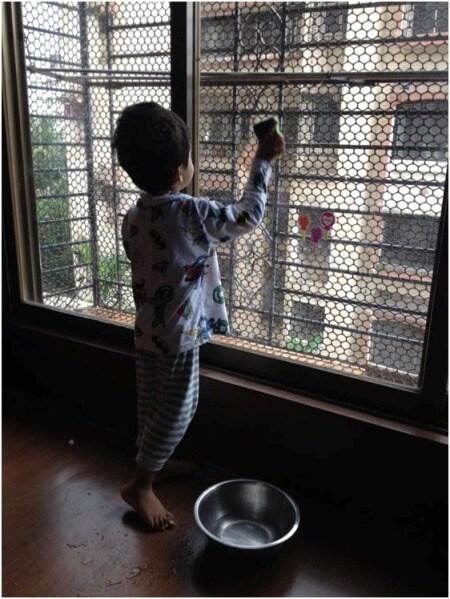
Give him a cloth to wipe the table. Let him help you clean the windows. Set aside a special cleaning caddy for your child with a child-sized broom, a mop, a sponge and a dust cloth. You don't need to buy any fancy equipment here. Let the child use what is real, under your supervision, of course!
4. Helping in cooking/kitchen chores
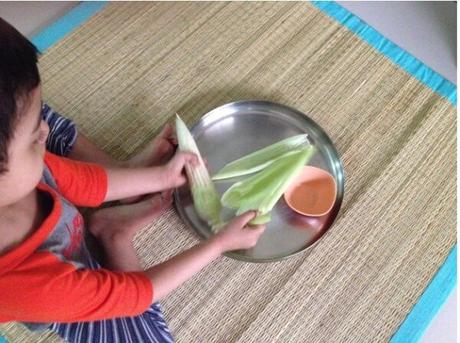
The list is endless here, so see what works for you. But here are just a few suggestions - Let him help you set the dining table. Let him pour water for himself and for others, if he wants to. Let him try his hand in peeling a banana, or shredding some cheese. Let him whisk an egg or stir up a salad. Let him churn buttermilk or knead some wheat dough. Give him child friendly and safe tools to explore under your supervision. It is extremely important to show your child that you "trust" him. Our children crave independence and want to genuinely do things for themselves. As parents, our job is to give them opportunities where they can enjoy these activities within safe boundaries.
5. Gardening
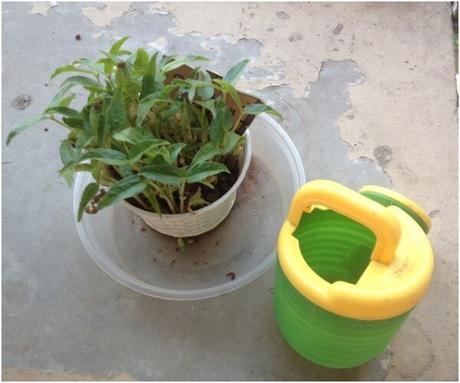
Let him plant a seed, water it and enjoy the thrill of watching it grow! By showing the child how to do a task and then giving him freedom to do it, your child will feel a great sense of accomplishment. Involve your child in these activities not just for the fun aspect, but in a way that they feel trusted and capable.
The Right Parenting Attitude
Very often we get impatient and end up dismissing the child's feelings and overriding him for a task that he wishes to perform. We may feel that we're helping, when in reality the child feels that we are "taking over". This can very likely lead to a tantrum, as we are not allowing him to function by himself.
Of course this is easier said than done! Parenting, as I have said before, is one of the toughest jobs you'll ever undertake! There will be bad days and there will be good days. Messes, tantrums and rough moments are a normal part of parenting, but your consistency will pay off. So hang in there!
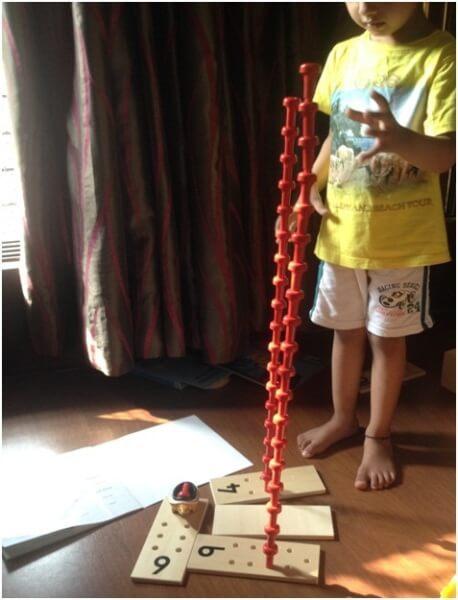
One valid question that I often get asked is this: "How does one know when to help the child, and when not to?" Well, this is a very thin line, really! We don't want the child to feel abandoned, and at the same time we want the child to know that we trust him in doing a task for himself. And this we can try and garner by "observing and following the child."
Remember that each child is different, and hence you need to see what works best for our child. By keenly observing, we'll know if your child needs your help or not, and if yest to what degree. This involves patience (a lot of it!), a watchful eye and an ability to restrict ourselves from wanting to do everything for the child.
Instilling love for language at home:
When we talk about language, the first thing that instantly comes to mind are the ABCs, but there is much more to the beauty of language than just alphabets. From birth, a child is naturally attracted to the rhythm of human sound. Hence it is crucial for parents and caregivers to talk to the child right from birth. We might think that a child that young might not understand anything, but even a tiny baby is slowly and surely absorbing everything that he hears, sees and feels! By the age of two, a child is able to start speaking, even though we haven't taught him his alphabets. This tells us how powerful the absorbent mind of the child is! We can further enhance his language at home by simple ways and means like the following:
1. Talking to the child
Involve him in conversations. Tell him about the names of things around the house. While at the market, tell him what you are buying. Every child is amazed and fascinated by words, and we can enhance his love for language by giving him opportunities and outlets to develop it further.
2. Reading aloud
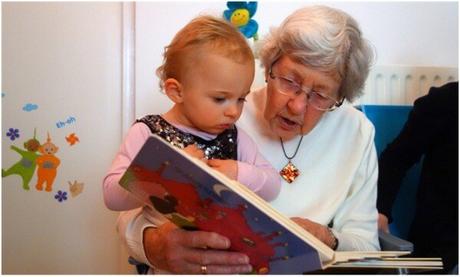
Books (and nature) are the best gifts we can give our children. Books are a powerhouse of language. By reading different genres of books in various languages (in English, your mother tongue and any other language that you would like to introduce to your child), we are not only introducing the child to different vocabularies, but also taking the child's imagination to a greater height! It is never too early to start reading, and you can start before birth!
3. Introducing the child to pre-reading cards / Vocabulary cards
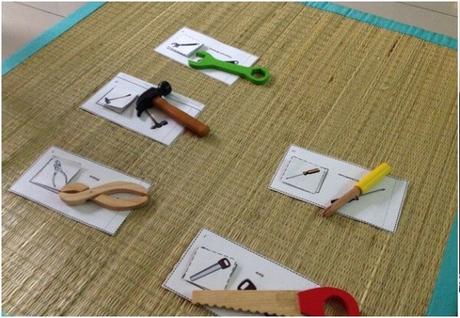
In Montessori, rich language material is introduced earlier on. You can either make these cards at home, or show pictures from a newspaper / magazine /book. The pictures you show should be real life ones so that the child can relate to them better. You can show pictures of real animals, birds, fruits, vegetables, tools, planets etc. You can reiterate this by showing the actual fruit or an animal. It is amazing how a child as young as one year old will be able to realize that the picture of an apple is the same as the real apple kept on the table.
4. Limiting screen time
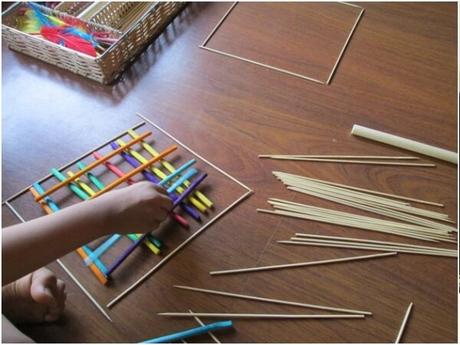
TV or other screens like iPads and tablets are a passive mode of entertainment - you just need to sit in front of it and ask it to entertain you! Reading books, going for nature walks, playing with blocks etc. are an active mode of entertainment where the child needs to be present and use his senses, creativity and imagination. By limiting screen time you are letting the child use his creativity to make his own games. It is amazing how a child will get occupied with simple things around the home (like a bubble wrap, cardboard boxes, kitchen spoons and utensils etc) rather than being transfixed by the idiot box!
At this point I would like to conclude this first part of how to start Montessori at home. I don't want this to be an information-overload, so take your time and revisit this post as often as you want! We still have lots more in store, so do watch out for part-2 before you start implementing these changes at home. Stay tuned!
If you haven't yet, be sure to check out our first post about Introduction to the Montessori Method.